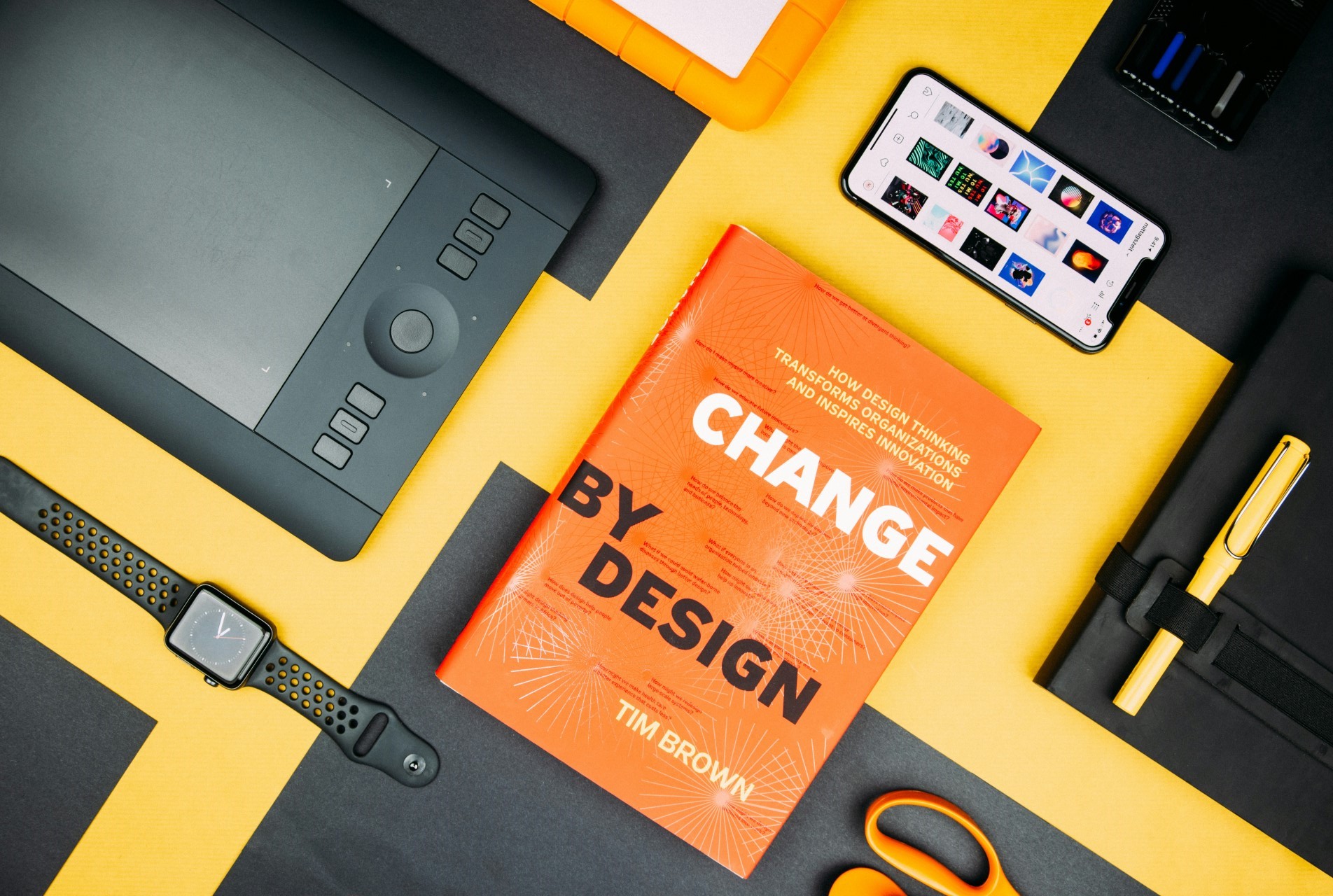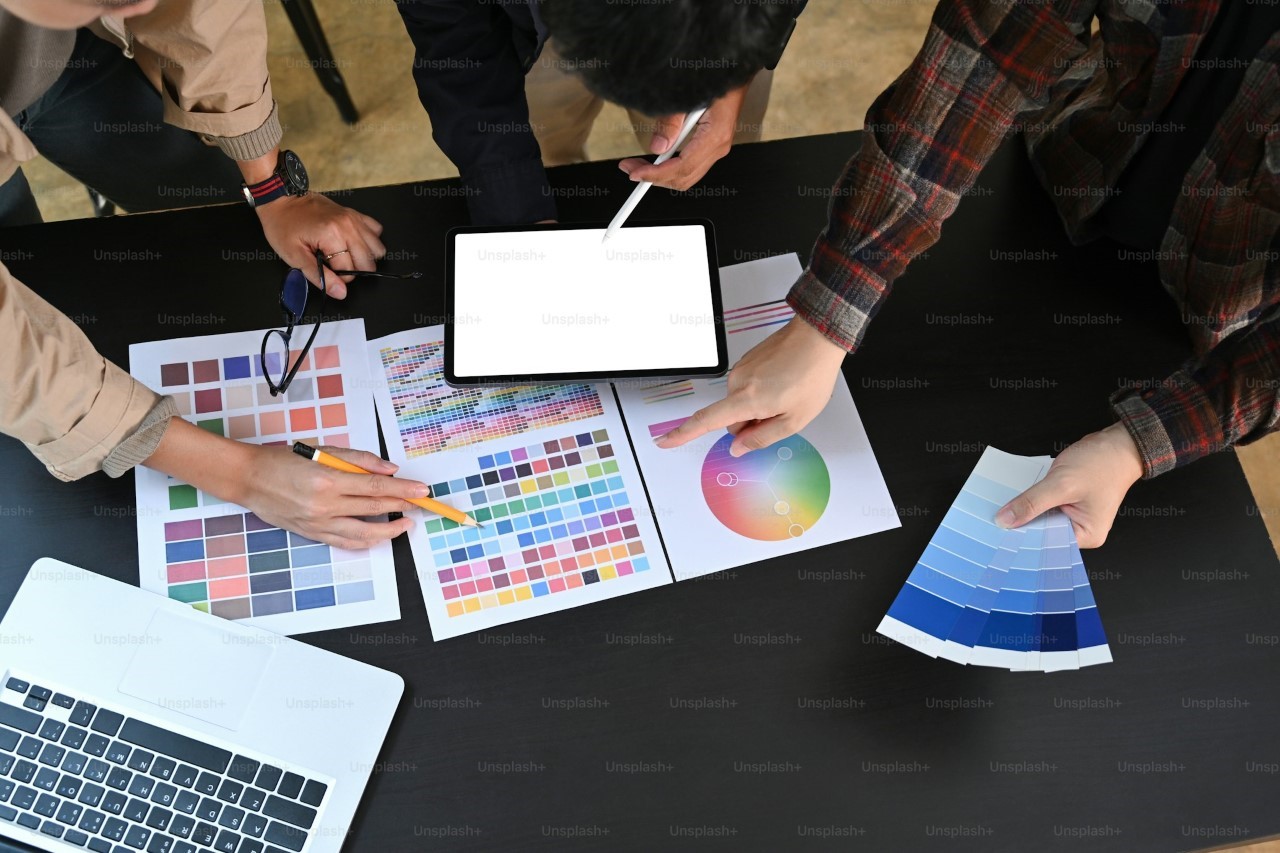
We’re finally at a point where design as an occupation holds the same mental weight as medicine, engineering, or law. The past two decades have seen a rapid rise in ‘design’ and ‘design thinking’ becoming permanent parts of the professional vocabulary, and with that, there’s a steady rise in the demand for designers. The educational setup, however, is still taking time to catch up to the industry’s need for designers, which is why even today there are still just a handful of institutions that command the design education space. A lot of them are in the global west, undoubtedly, but the global east is picking up pace too, offering young designers and aspirants the ability to travel to a whole variety of countries to study and specialize in design. If you’re reading this, chances are that you’re either thinking of studying design abroad, or you’ve already studied design abroad… or you’re just design-curious.
The allure of studying design abroad is undeniable—new experiences, exposure to international design perspectives, and the promise of personal growth. However, before your dreams take flight across borders, there are critical considerations that can make or break your educational journey. From cultural nuances and the constant evolution of design requirements to financial planning and accreditation standards, venturing into foreign territories for a design education requires meticulous preparation. My objective here is not just to guide you through practical steps but also to present you with a wealth of options when it comes to planning your career trajectory.

1. Evaluate the Worth of Studying Design Abroad
The decision to study design abroad is more than a question of education; it’s an exploration into cultural diversity and global perspectives. Exposure to different design philosophies, techniques, and cultural aesthetics can significantly enrich a designer’s creative arsenal. International programs often boast cutting-edge technology and facilities, alongside faculty who are leaders in their fields. However, this comes at a cost, both financially and emotionally, as you step away from the familiar comforts of home. It’s essential to balance these factors against your personal and professional goals. Does the international exposure align with your career aspirations? Can the unique experiences and skills acquired abroad offer you a distinctive edge in the competitive design industry? These are questions only you can answer, making this initial evaluation a cornerstone of your decision-making process.

2. Choose the Right College or Program
Choosing the right institution is a multifaceted decision encompassing several critical factors. Reputation is often the first consideration, but digging deeper into the curriculum offered, faculty expertise, and the strength of the alumni network can provide greater insight into the program’s value. The program’s location can also significantly influence your learning experience, offering unique cultural and design opportunities. Accreditation ensures that the education you receive meets global standards, essential for your future employability. Lastly, consider the program’s connections to the design industry, including internship and employment opportunities post-graduation. Each of these factors plays a crucial role in not just shaping your educational experience but also in laying a solid foundation for your future career in design.

3. Future-Proof Your Education: Choose Programs with Potential
The design industry is continually evolving, driven by advances in technology and shifts in societal needs. Future-proofing your education means choosing programs that not only provide a solid foundation in traditional design principles but also incorporate emerging fields such as UX/UI design, sustainable design, or digital media. Programs that emphasize adaptability, critical thinking, and innovation prepare students to navigate the rapidly changing landscape of the design industry. Look for curriculums that blend theoretical knowledge with practical application, offering opportunities to work on real-world projects and collaborate with industry professionals. This approach not only enhances learning but also ensures that students graduate with a portfolio that showcases their skills in addressing contemporary design challenges.

4. The Merits of Studying Design in Your Own Country
While international study offers unique advantages, considering the merits of studying in your own country is equally important. Cultural relevance in design can be a significant factor, especially if you intend to work within your local market post-graduation. Studying domestically can also be more cost-effective, reducing the need for international travel and living expenses. Moreover, local education systems are often well-aligned with the country’s specific design industry needs, providing relevant networking opportunities and internships. However, this doesn’t preclude international opportunities; many domestic programs offer exchange or study abroad options, allowing students to gain international exposure without committing to a full degree program overseas.

5. Job Opportunities: Local vs. Global Market Readiness
The design job market is incredibly diverse – design itself doesn’t have a standalone industry, it instead builds on the capabilities of other industries, whether it’s medical, consumer-goods, architecture, city planning, etc. Understanding the demand for specific design skills in your target market—whether local or international—is crucial. Programs that offer robust internship and placement services can significantly enhance your employability by providing practical experience and industry contacts. Networking, both in-person and online, can open doors to job opportunities not advertised publicly. However, international students should also consider a few things before planning on studying abroad. Aside from mere market readiness or a burgeoning need for your skill-sets, it’s important to evaluate the future from a social, economical, and even political lens. Looming sociopolitical unrest could lead to disruptions in your studies/work, low-skill work could be replaced by AI, a weak economy could easily affect job availability.

6. The Financial Aspect: Weigh Costs Against Benefits
The financial implications of studying design abroad are a major consideration. Tuition fees for international students can be substantial, and when combined with the cost of living, travel, and materials, the total expense can be daunting. Exploring scholarship opportunities, financial aid, and part-time work options can help mitigate these costs. It’s essential to conduct a cost-benefit analysis, considering the potential return on investment in terms of career opportunities and salary prospects. Ask yourself – “Will my salary grow proportionate to how much I’m investing in my career?” While the initial financial outlay may be significant, the long-term benefits of an international design education can outweigh the costs for many students.

7. Learning Vs. Earning – Upskilling Amidst Work
The debate between pursuing further studies and entering the workforce directly presents a compelling consideration: the possibility of learning while earning. This approach champions the idea of upskilling within the context of a job, where theoretical knowledge meets practical application. It’s a strategy that not only keeps the financial wheels turning but also enriches a designer’s skill set and experience in real-world settings. It allows aspiring designers to avoid the substantial financial and time investments typically associated with studying abroad, without sacrificing the advancement of their skills and careers. You build a skill set while building your savings – it’s a win-win.

8. Legal Considerations and Work Rights for International Students
Understanding the legal framework of your host country is essential for international students. This includes visa requirements, work rights during and after your studies, and potential pathways to permanent residency or employment. Regulations vary widely between countries, so it’s important to research thoroughly and plan accordingly. Many countries offer post-study work visas that allow graduates to remain in the country and gain valuable work experience, enhancing their career prospects.

9. Building a Global Network: Long-Term Career Advantages
One of the most significant benefits of studying design abroad is the opportunity to build a global network. Connections with fellow students, faculty, and industry professionals can provide invaluable support and opportunities throughout your career. These relationships can lead to collaborative projects, job offers, and partnerships. Actively engaging in your institution’s alumni network, attending industry events, and participating in design competitions can help you build and maintain these critical connections.

10. Reflection: Is Further Studies in Design Worthwhile?
Finally, reflecting on the value of further studies in design is crucial. While formal education can provide a strong foundation, the design industry also values experience, portfolio strength, and creativity. Consider whether your career goals are best served by further academic study or by gaining practical experience through internships, freelance projects, or starting your own design venture. For many, a combination of both education and practical experience offers the best path to a successful career in design.
The post 10 Things To Consider Before Planning To Study Design Abroad first appeared on Yanko Design.















